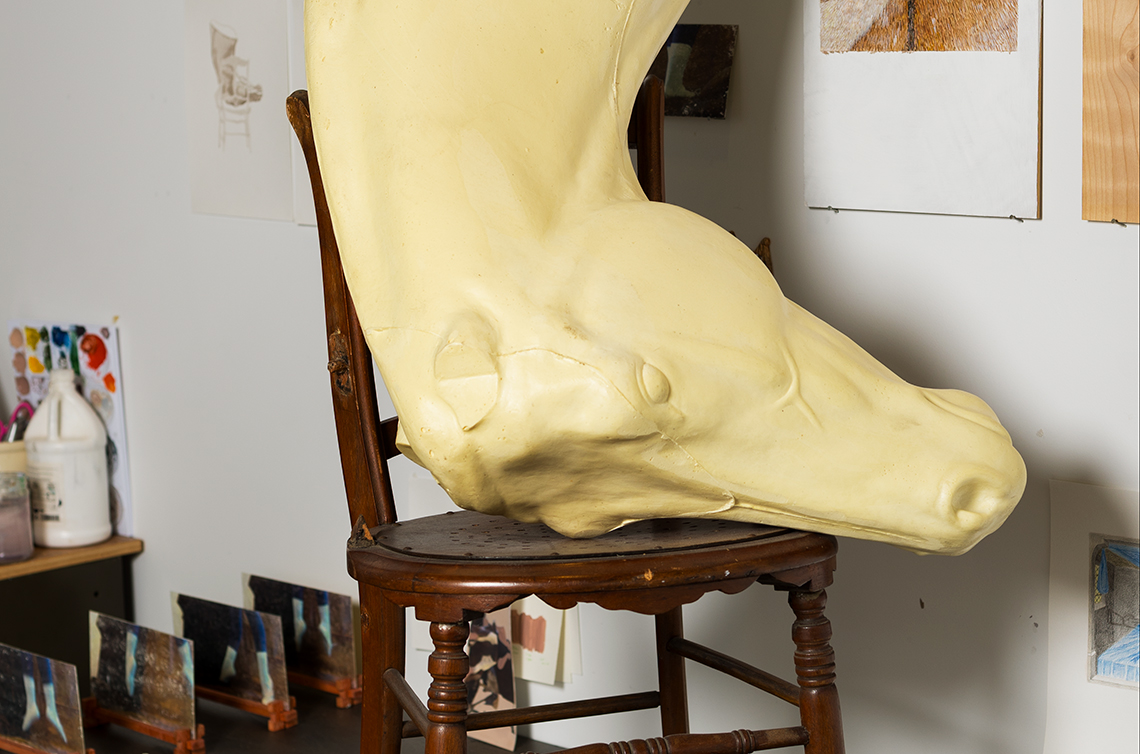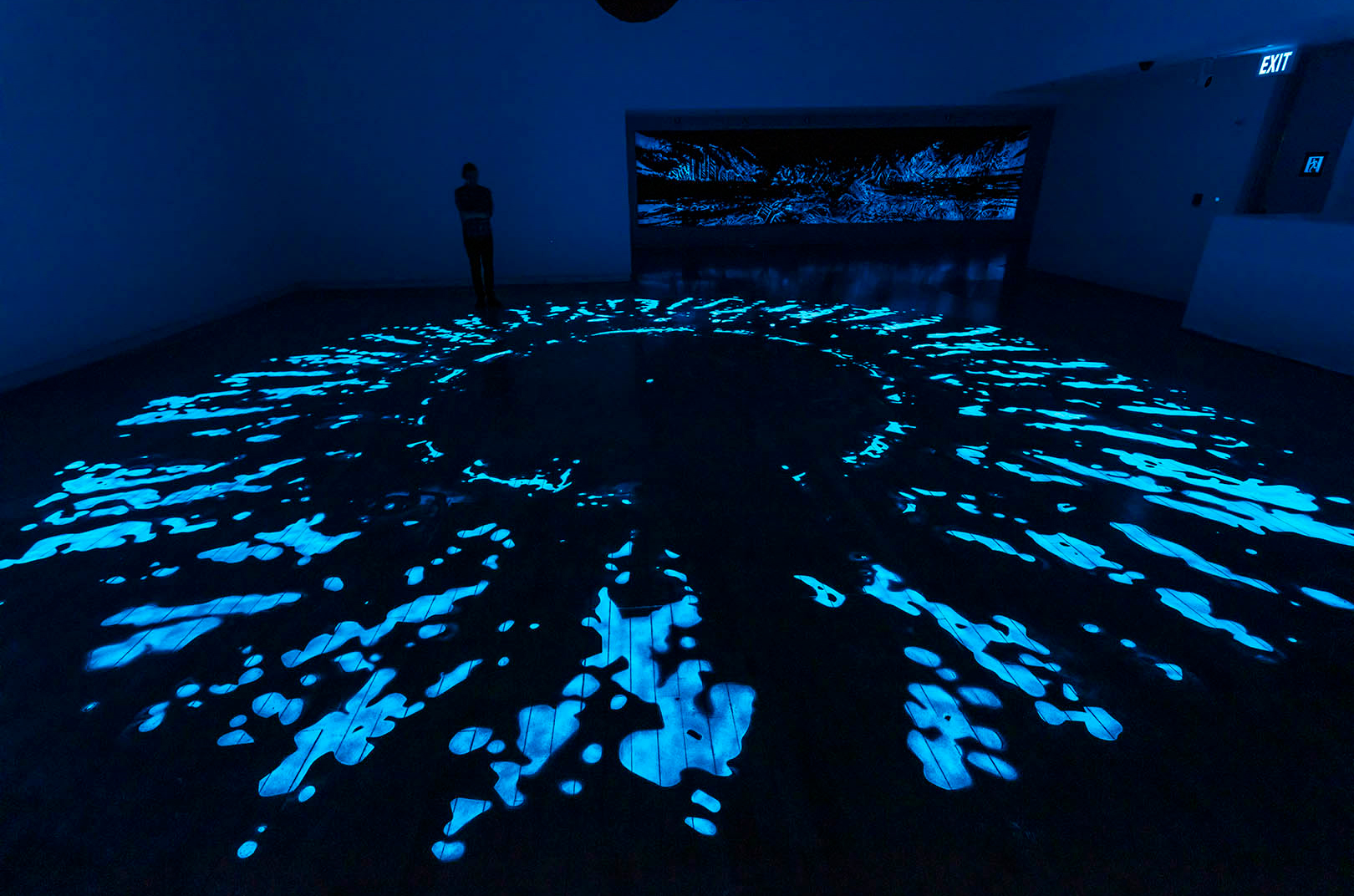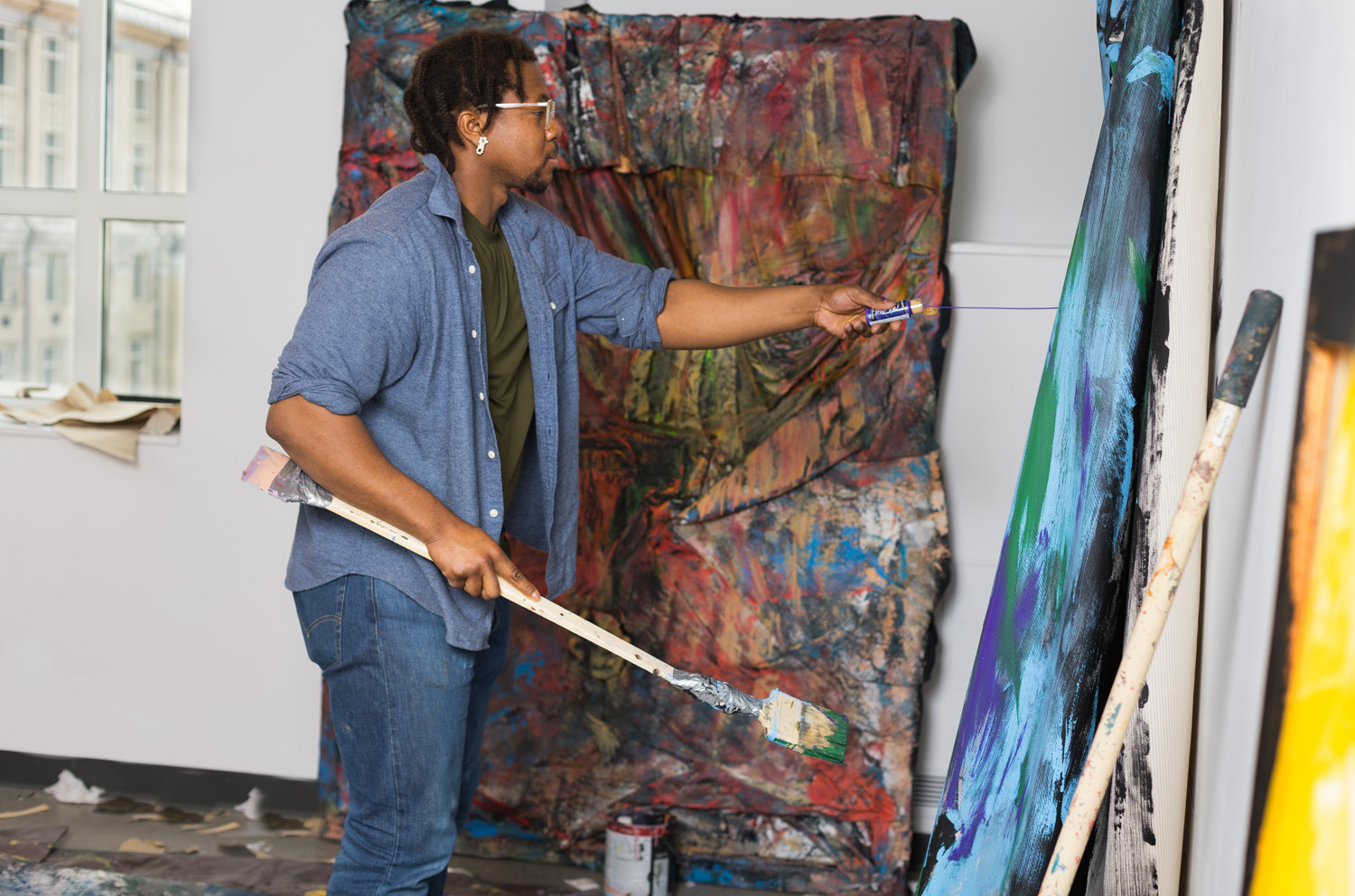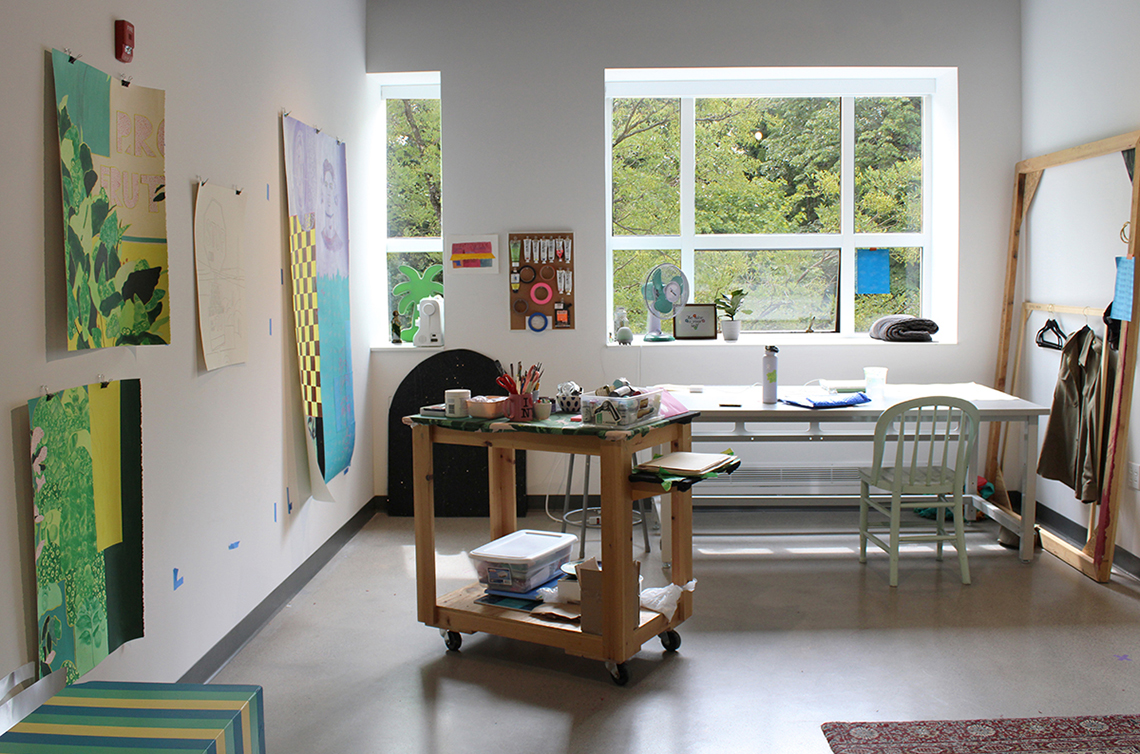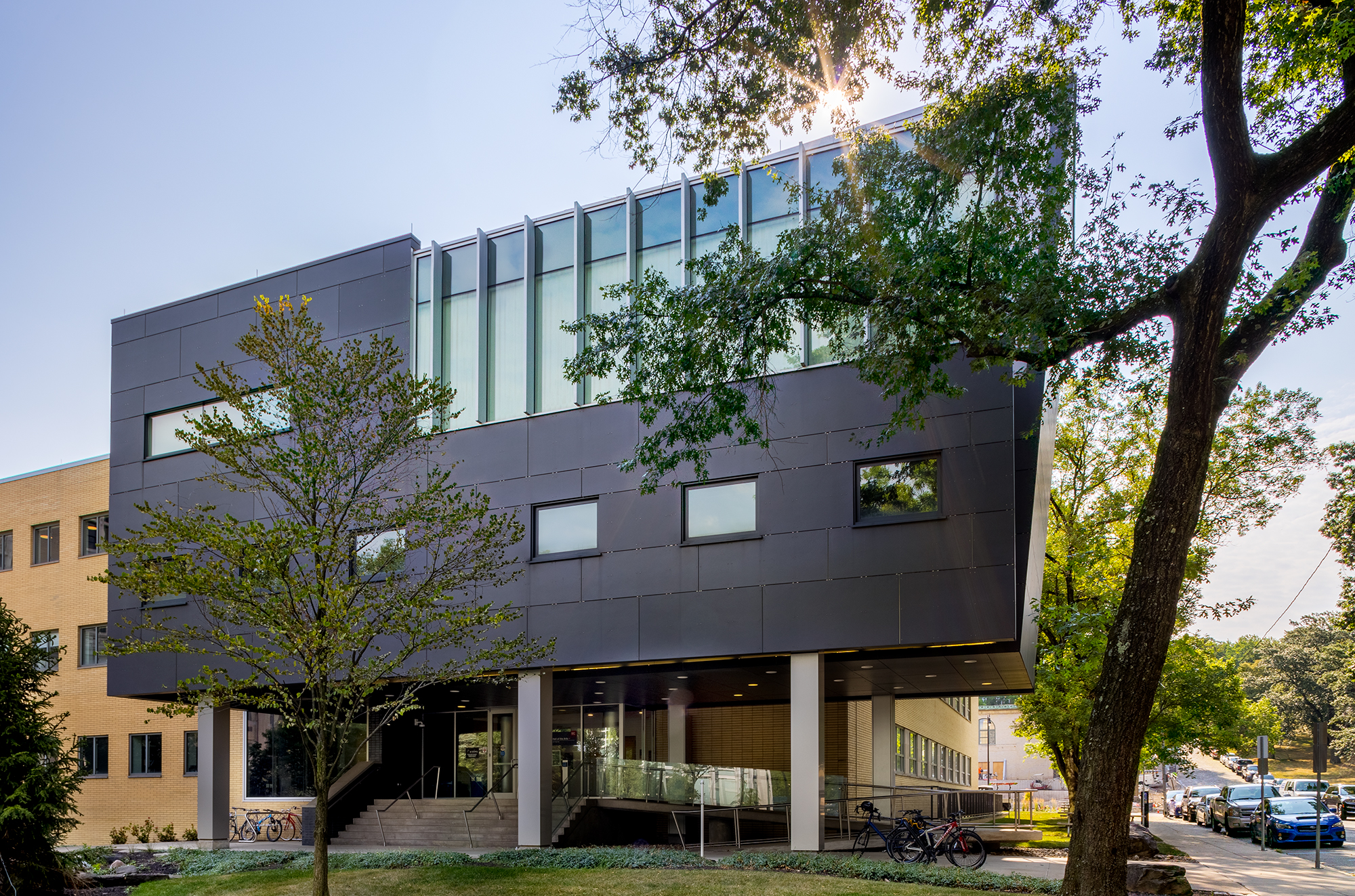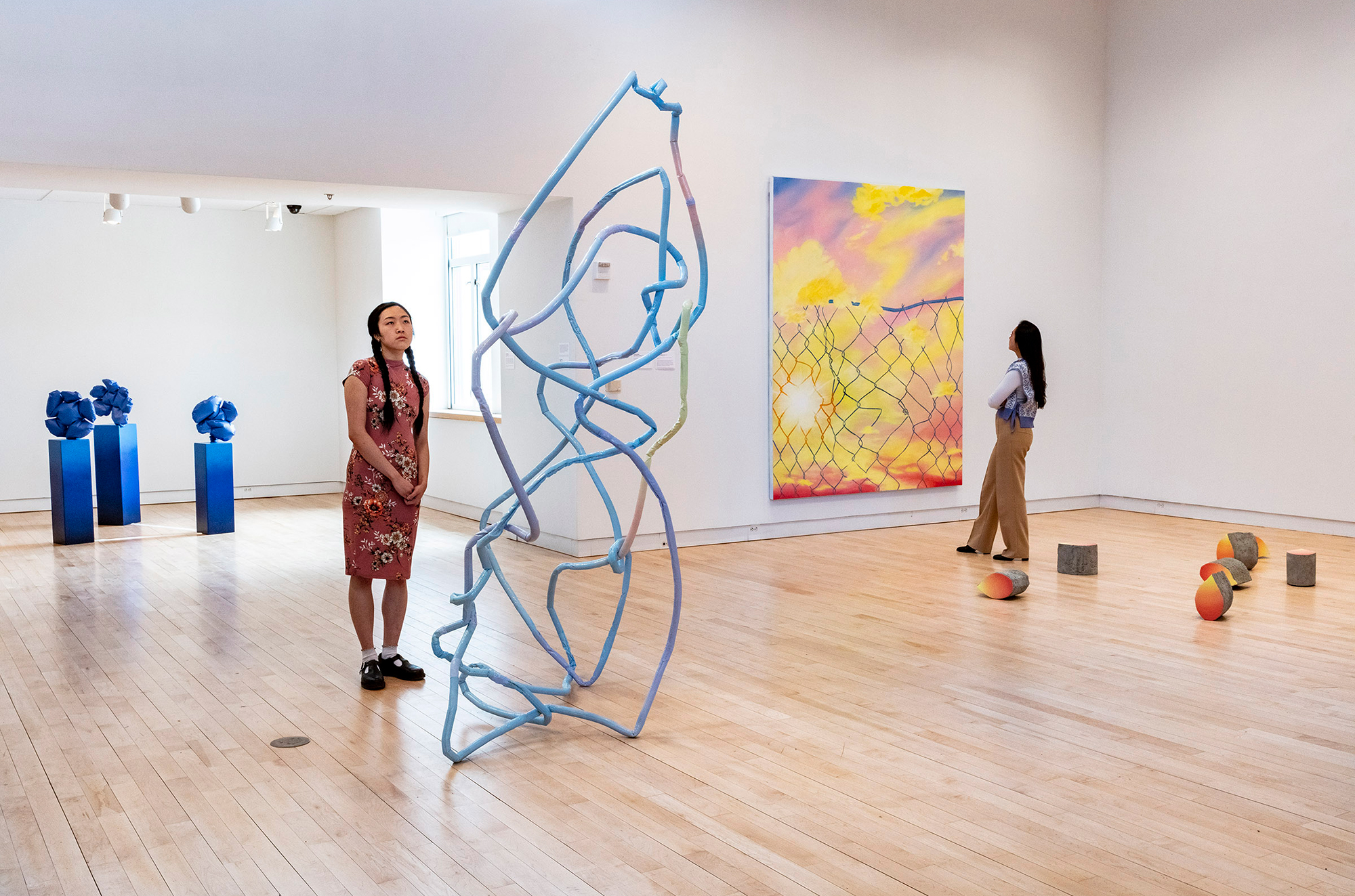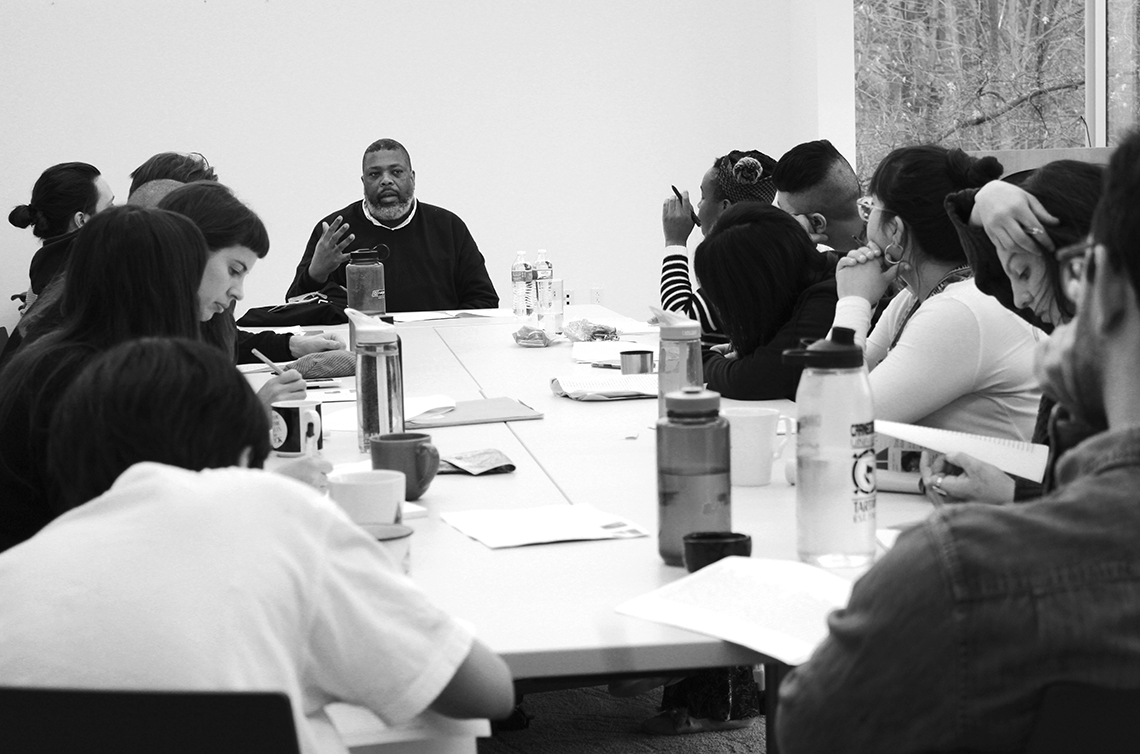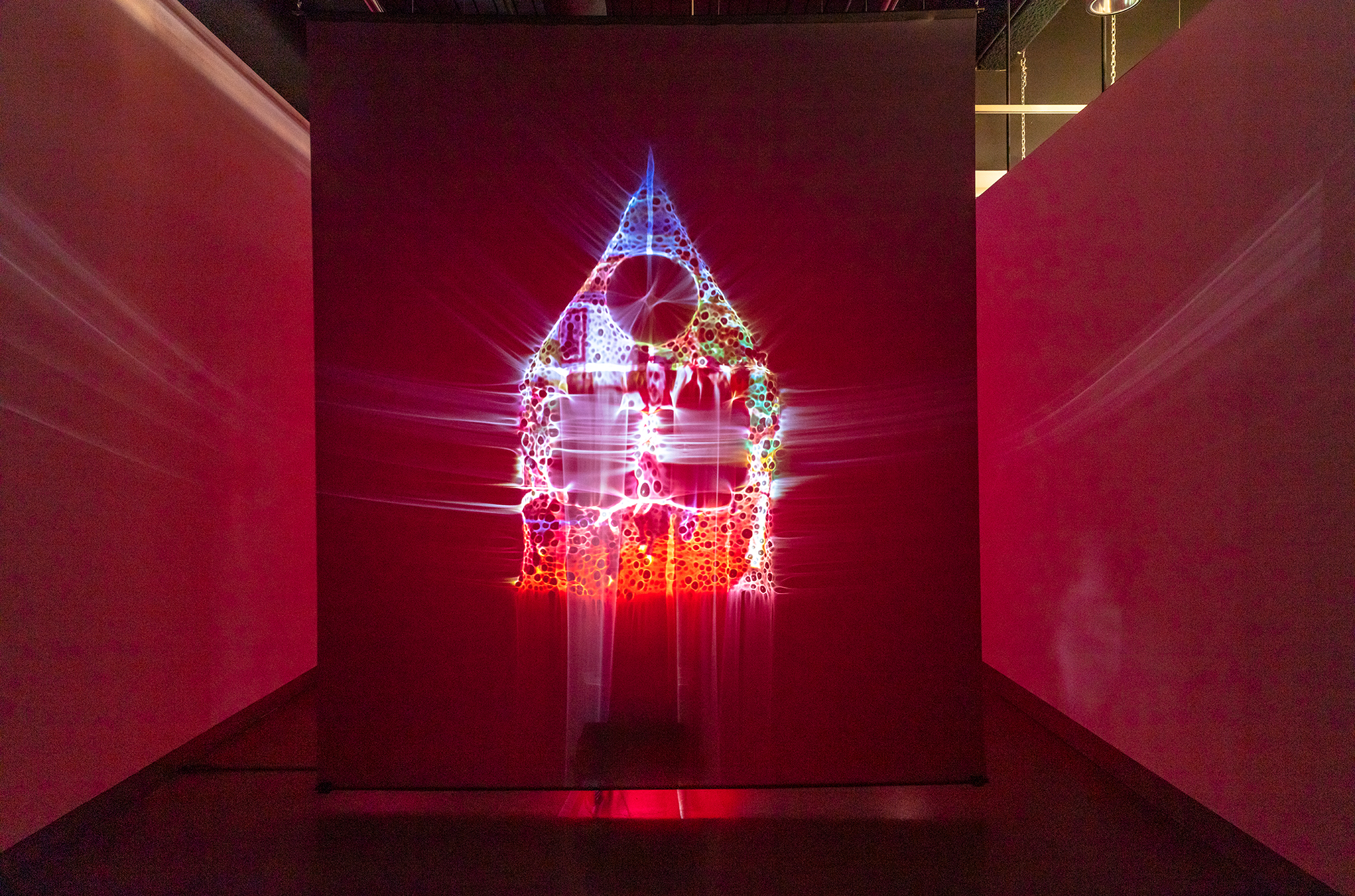Holding Still, Holding On
Presented by the Carnegie Mellon School of Art MFA Program and The Andy Warhol Museum
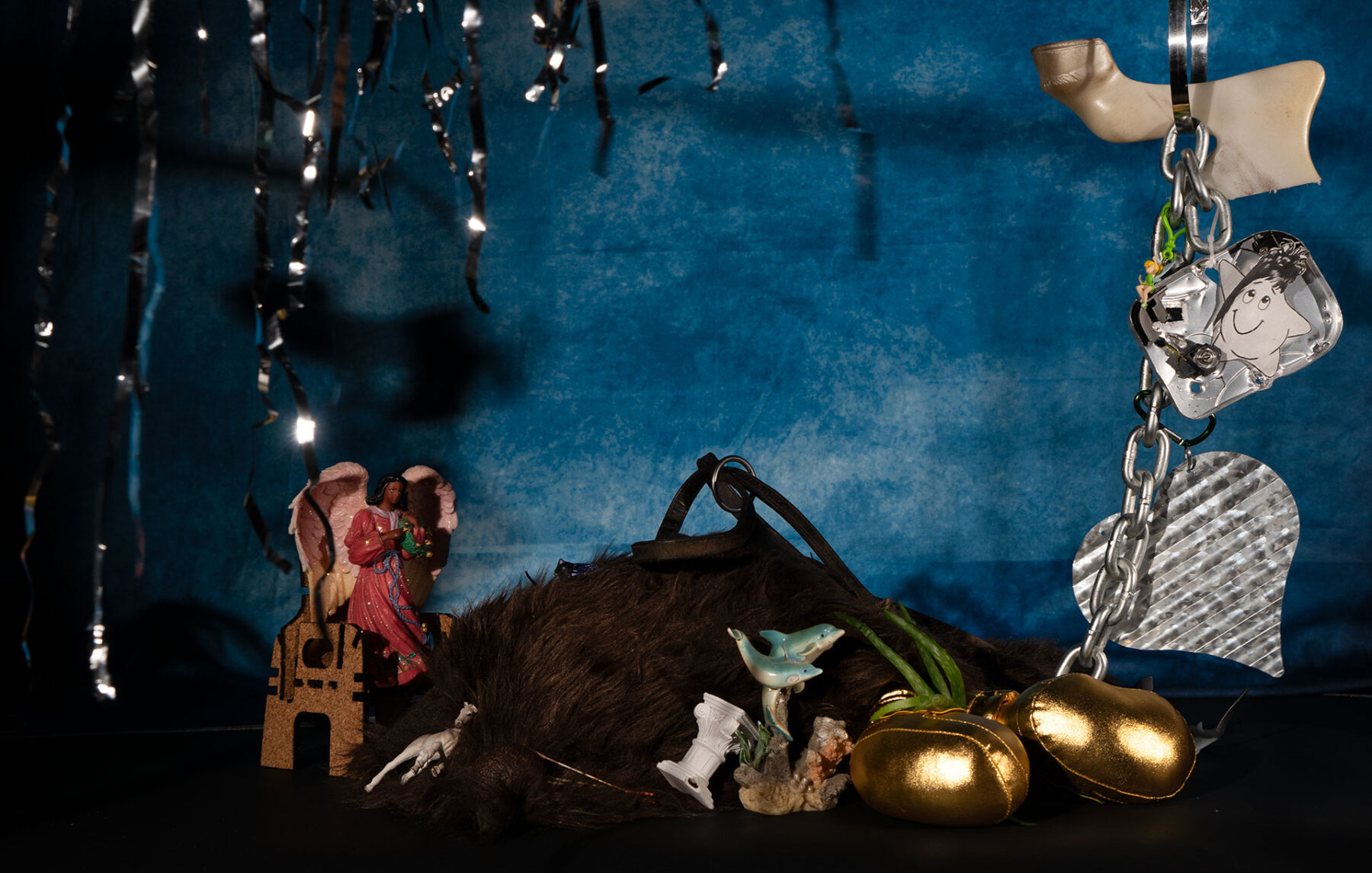
For the first time, the Carnegie Mellon University School of Art MFA Program co-presents a joint exhibition with The Andy Warhol Museum — one of the four Carnegie Museums of Pittsburgh and the largest and most comprehensive single-artist museum in North America. Opening March 2025, the exhibition Holding Still, Holding On launches an exciting new series spotlighting the MFA program from the school where Warhol earned his degree in Pictorial Design in 1949 (then the Carnegie Institute of Technology, now Carnegie Mellon University).
The Carnegie Mellon University School of Art MFA Program is an interdisciplinary, experimental, research-based program that provides students with a challenging and supportive context to expand and develop their work and thinking as artists. As one of the top-ranked* graduate programs in the country, we view art-making as a vital social, critical, and intellectual pursuit. Graduate students are encouraged to employ a comparative and intersectional approach to critical and cultural theories, and to allow this inquiry to inform and expand what it means to be an artist and to make art within our contemporary condition.
With four core faculty members committed to a cohort of up to 18 graduate students, and an additional 24 tenured and tenure-track professors within the School, the MFA Program fosters intensive intellectual relationships with each of our Masters candidates. The Program is housed in a new, purpose-built facility that opened in January 2020.
Three-Year Structure
The Program’s unique three-year structure is designed to provide the time, resources, and support for in-depth multidisciplinary research, the development of new technical and conceptual skills, and the possibility of radical shifts in materials, themes, and processes. Combined, the three-year structure, small cohort, and committed core faculty aim to provide a platform that supports the formation of progressive ideas, theories, and studio practices.
True Interdisciplinarity
Centering an interdisciplinary approach, the Program supports artists working across all mediums to foster relationships between artistic practices within the School, as well as bridging methodologies throughout the University. In addition to generous time afforded for individual studio development, graduate students take advantage of a wealth of electives, visiting lecturers, innovative technologies, grant opportunities, funded external advisors, and much more.
Financial Support
The School of Art provides full tuition funding for all MFA students, regardless of background or citizenship status. While each admitted student will receive financial assistance that covers their entire tuition for all three years, students will still be responsible for University fees and health insurance. In addition to full tuition support, MFA students are able to access additional funding through the School of Art and University for research, resources, and travel.
Student Cohort
The Program seeks students from a wide variety of backgrounds with diverse artistic and academic interests. Composed of artists from across the country and around the globe, the 18-student cohort includes current and recent international students from Pakistan, China, South Africa, the United Kingdom, and Iran. While some students arrive with an undergraduate art degree, others arrive with different educational backgrounds, such as a humanities degree or experience in other creative fields like architecture, music, or fashion. Housed in a space with 18 studios, allowing every student to have an equal-sized studio, the Program seeks to form a cohort with a wide range of approaches to art-making, intellectual and conceptual frameworks, and personal experiences.
Student-to-Faculty Ratio
The Program is limited to 18 students, with six students accepted per year to each three-year cohort. Predicated on a belief that direct and continuous discourse between artists fosters the most relevant growth, the Program is committed to supporting ongoing interaction between faculty, students, and our many visiting lecturers and scholars. This close-knit environment enables meaningful dynamics to form between students and faculty, allows research projects to progress from germination to completion, and provides an inclusive and interactive program for the entire graduate community.
Art and Research
The Program is unique among its peers for being one of the top-ranked programs in the country, situated within one of the top-ranked research universities in the world. MFA students have the opportunity to study with faculty and engage with research across the University’s leading fields of Human-Computer Interaction, Robotics, Linguistics, Philosophy, Architecture, Drama, and myriad other disciplines and dialogs in the humanities and sciences. In addition to the many resources within the School and across the University, each graduate student is able to extend their practice beyond the campus in their second and third years by selecting a recognized artist, curator, writer, or scholar of their choice to work with as an advisor over the course of each year.
Visiting Artists
The School of Art’s Visiting Lecture Series brings highly acclaimed international artists, writers, and critics to the school throughout the year. Graduate students have extensive interaction with these visitors through studio visits, workshops, and informal engagements. Recent visitors include artists and writers such as Hilton Als, Ian Chang, Huey Copeland, Steffani Jemison, Zoe Leonard, Wangechi Mutu, Maggie Nelson, Laure Provost, Cauleen Smith, A.L. Steiner, and Andrea Zittel. In addition to the School’s lecture series, graduate students regularly engage with leading artists and cultural figures visiting the Frank-Ratchye STUDIO for Creative Inquiry, and take part in the extensive programming provided by The Center for Arts in Society.
Graduate Assistantships
All MFA students serve as Graduate Assistants (GAs) for each of the six semesters in which they are enrolled in the Program. Graduate Assistants support faculty in myriad ways, including preparing class materials, evaluating student work, conducting research, and developing presentations and workshops. The GA experience affords MFA students opportunities to develop university-level pedagogy and curricula within the context of a research university, while further advancing their own understandings of contemporary art-making within an academic environment.
*U.S. News and World Report, “Best Graduate Programs in Fine Art, 2020.” In the 2020 report, the MFA program was ranked #1 in Time Based/ New Media.

